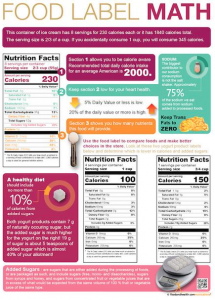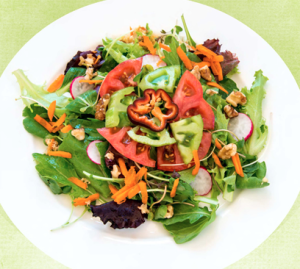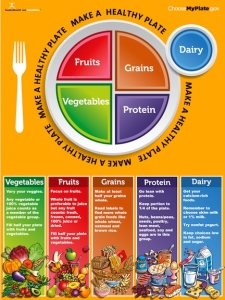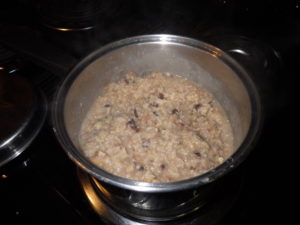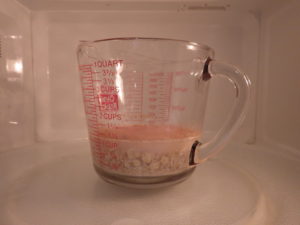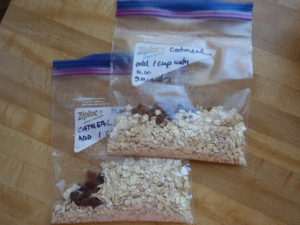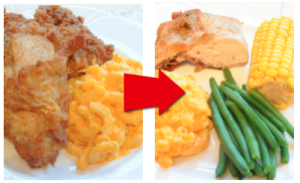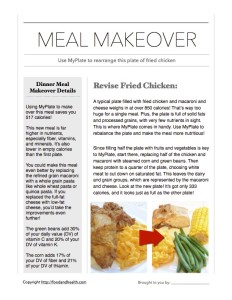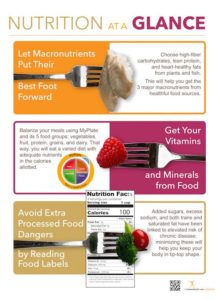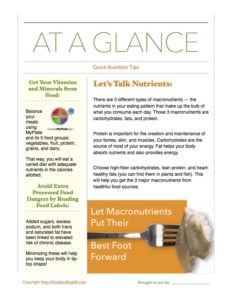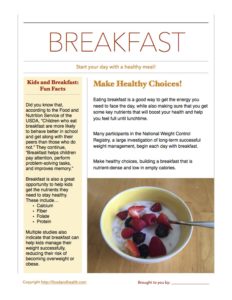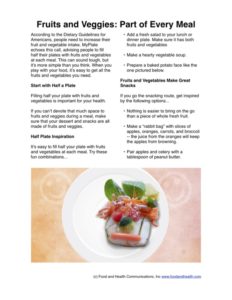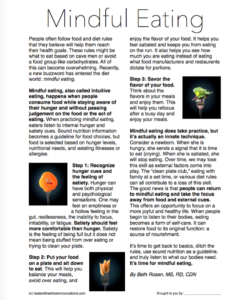Green drinks and clean eating are all the rage, but what exactly is “clean eating?”
Margaret McCartney, GP, notes in the British Medical Journal,
“The command to eat cleanly implies that everyone else is filthy, being careless with their bodies and lives. It comes with promises of energy boosts, glowing skin, spirituality, purity, and possibly immortality. But this nonsense is all based on a loose interpretation of facts and a desire to make the pursuit of well-being an obsessive, full-time occupation.”
Let’s also add that there isn’t a single definition of clean eating that everyone agrees with. Here are a few examples…
- At its simplest, clean eating is about eating whole foods, or “real” foods — those that are un- or minimally processed, refined, and handled, making them as close to their natural form as possible. Fitness Magazine
- It used to imply eating lots of whole, real foods — veggies and fruit, whole grains, animal and plant-based protein, nuts, seeds, and oils. It also meant that what you eat should be as close to nature as possible — minimally processed, not packaged or originating from a factory. Good Housekeeping
- The soul of eating clean is consuming food the way nature delivered it, or as close to it as possible. It is not a diet; it’s a lifestyle approach to food and its preparation, leading to an improved life — one meal at a time. Clean Eating Magazine
- Eating clean is simply the practice of avoiding processed and refined foods and basing your diet on whole foods. Eating Clean for Dummies Cheat Sheet
Some clean eating programs ban gluten, dairy, sugar, any food that’s not organic, or any food that isn’t sourced locally. What starts off sounding like a simple concept can get buried in an overwhelming list of food don’ts – without any science to back it up.
It’s clear from the 2015-2020 Dietary Guidelines for Americans that eating plenty of vegetables, fruit, whole grains, dairy, protein foods, and more healthful types of fat while limiting added sugars, saturated fat, trans fat, and sodium will result in a healthful eating pattern. Clean eating and green drinks aren’t mentioned.
How do you define a processed food?
While we probably all agree that Twinkies or frozen meals are processed, what about bread? Do you have to make your own bread to avoid processed foods? Do you have to mill your own flour? We most likely think of fresh fruit as fitting into the clean eating concept, but what if that fruit is shipped to my home in Arizona from China? It’s easy to overthink clean eating to the point where we throw up our hands and head to the nearest fast-food drive-through.
Here’s our take on clean eating: read the list of ingredients, and choose foods where you can visualize each of the ingredients. The Triscuits cracker label states: whole grain wheat, vegetable oil (soybean or canola oil), sea salt; while the Carr’s Rosemary Cracker label lists: enriched flour (wheat flour, niacin, reduced iron, thiamin mononitrate <Vitamin B1>, riboflavin <Vitamin B2>, folic acid), vegetable oil (sunflower, olive, canola and palm kernel oil), leavening (yeast, baking soda, monocalcium phosphate), contains two percent or less of dextrose, salt, maltodextrin, rosemary, spices, dried garlic, malt extract, onion powder, sugar, whey, natural flavor, and soy lecithin.
Which cracker contains ingredients you can visualize?
Now, if you relate to Sam I Am from Dr. Seuss and don’t like to drink anything green, does that mean that you’re missing vital nutrients? I’m convinced the green smoothie/juice craze was started by companies who make super blenders like Vitamix as a way to market their products. Before juicing became a health fad, we either ate vegetables raw in salads or cooked, drank fruit or vegetable juice, and ate fruit. While eating plenty of vegetables is of course an important component of a healthful eating pattern, you don’t have to drink green juice to get the health benefits of vegetables. Choose a rainbow of fruits and vegetables for optimum nutrients. Red, purple, blue, white, brown, orange, and yellow fruits and vegetables are important sources of phytochemicals that are crucial to good health. Stick to green veggies only, and you’re missing out on essential nutrients.
If you enjoy making your own vegetable/fruit juices or smoothies, use these tips:
- Choose plain, unflavored Greek yogurt for an excellent protein source without added sugar.
- Use ½ – 1 cup total fruit, choosing a variety of colors of fruit and incorporating fresh, frozen, or fruit canned in its own juice.
- Toss in 2-3 times the amount of vegetables as fruit. For example, if you use ½ cup fruit, use 1-1 and 1/2 cups vegetables. Vary the colors of vegetables for the most nutrients.
If you’d rather purchase juices or smoothies, follow these recommendations:
- Read the list of ingredients to make sure you can visualize each ingredient and that you’re purchasing a beverage made from whole foods.
- Avoid juices/smoothies with added sugar, even from healthier-sounding sweeteners such as brown rice syrup, raw cane sugar, honey, maple syrup, agave, etc. The fruit in the juice/smoothie will provide all the sweetness you need without added sugar.
- Note the number of calories per serving – you might be surprised! 1 cup of 100% fruit juice has about 100 calories, and 1 cup of tomato juice has about 40 calories.
By Lynn Grieger, RDN, CDE, CPT, CHWC
References:
Margaret McCartney: Clean eating and the cult of healthism. BMJ2016; 354:i4095
Jocelyn Voo. The Complete Crash Course on Clean Eating. Fitness Magazine. http://www.fitnessmagazine.com/weight-loss/plans/diets/clean-eating/ Accessed 3-20-17
Jaclyn London, MS, RD, CDN. Why Clean Eating is Total BS. http://www.goodhousekeeping.com/health/diet-nutrition/a37595/what-is-clean-eating/ 3-29-2016. Accessed 3-20-17
What is Clean Eating? Clean Eating Magazine. http://www.cleaneatingmag.com/clean-diet/what-is-clean-eating 4-29-13. Accessed 3-20-17.
Eating Clean for Dummies Cheat Sheet, from Eating Clean for Dummies, 2nd edition. http://www.dummies.com/food-drink/special-diets/eating-clean-for-dummies-cheat-sheet/ Accessed 3-20-17.
Dietary Guidelines 2015-2020. https://health.gov/dietaryguidelines/2015/guidelines/executive-summary/ Accessed 3-30-17
Eat a Colorful Variety Everyday. Fruit & Veggies More Matters. http://www.fruitsandveggiesmorematters.org/eat-a-colorful-variety-of-fruits-and-vegetables Accessed 3-30-17

Are You Drinking Candy? Sugar and Beverage Awareness Vinyl Health Fair Banner 48" x 36"
$88.00 $110.00
Add to Cart

Are You Drinking Candy? Sugar and Beverage Awareness Vinyl Health Fair Banner 24" x 67" on stand
$125.00 $135.00
Add to Cart







